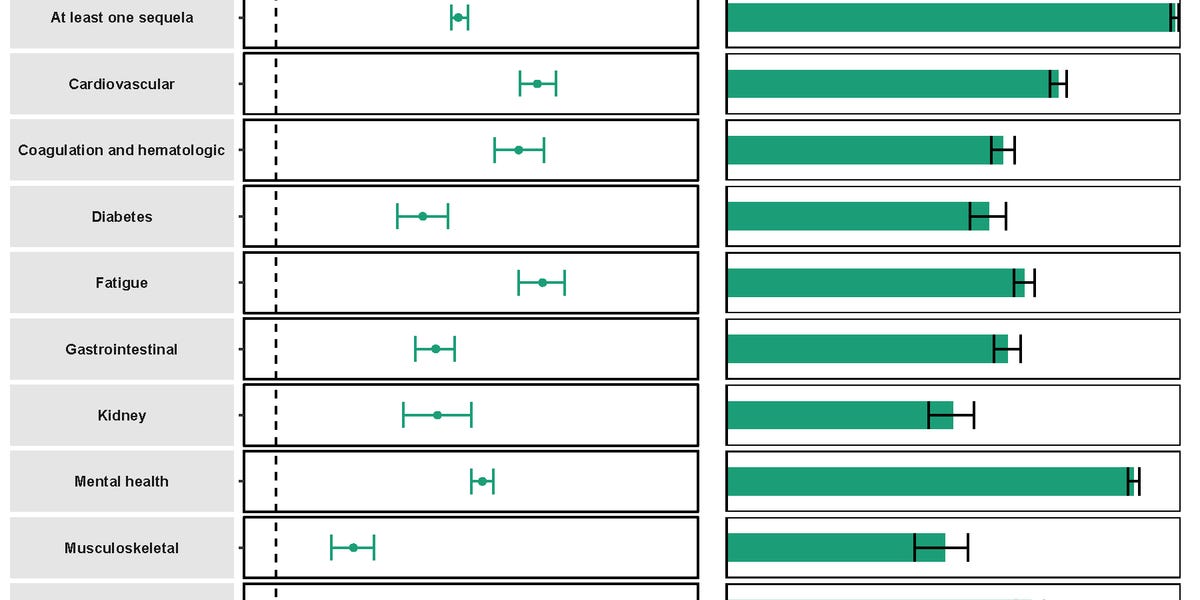Renzatic
Egg Nog King of the Eastern Seaboard
- Joined
- Aug 14, 2020
- Posts
- 4,243
In your opinion, should we continue to wear masks indefinitely? (Not looking for an argument...) Colds and flu mutate every year also, which is why the flu vaccine is redesigned every year.
I think the biggest issue is that the long term effects and behavior of covid is still relatively unknown. It was terrible before, but now it's seemingly devolved into The Sniffles v.2.0. The question is, will it stay mild? Will it go back to being terrible? Will we have a mix and match of the two, with it being mild one year, then killing hundreds of thousands the next?
I don't think we need to consider masks an everyday part of our lives now, but we still need to exercise a bit of caution concerning the issue.



